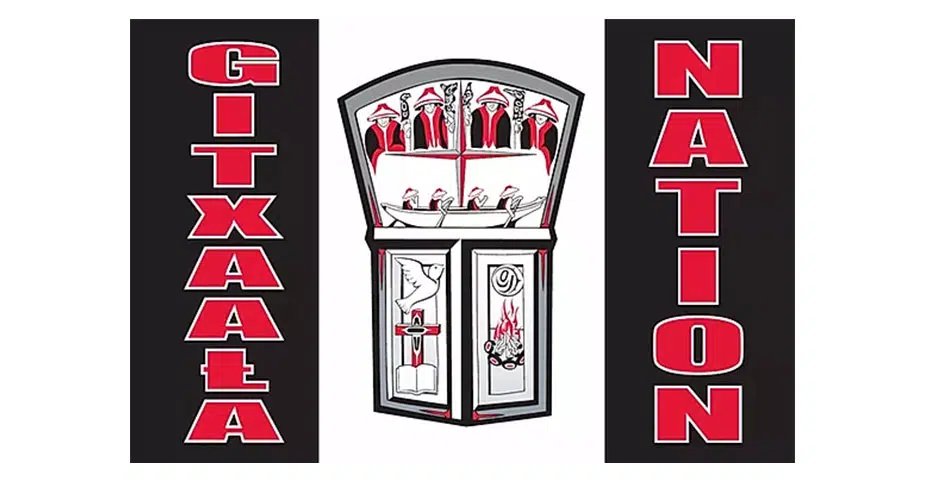Central Chilcotin Rehabilitation (CCR Ltd,) in Williams Lake, is making strides in improving forest health in the Chilcotin region with its brush-cutting initiatives. This method involves removing excess vegetation to enhance the overall health of the forest, reduce wildfire risks, and improve wildlife habitats. Daniel Persson, CCR’s forestry superintendent, highlights the importance of these practices in maintaining the forest’s multiple benefits for local communities, including economic, recreational, and ecological values.
Thinning dense tree stands, particularly when they are young, allows remaining trees to grow more effectively and creates a more resilient forest. This technique not only boosts the growth of commercially valuable trees but also reduces the risk of severe wildfires by eliminating ladder fuels that can help fires spread. Moreover, the brush-cutting process helps improve wildlife habitats by creating open spaces that benefit species like moose and caribou, making it easier for them to move and find food.
CCR is now working to expand its brush-cutting efforts to address more areas, especially those impacted by the 2017 wildfire. Persson underscores the urgency of these treatments, noting that timely intervention is crucial to achieving the desired outcomes and ensuring long-term forest health.










Comments